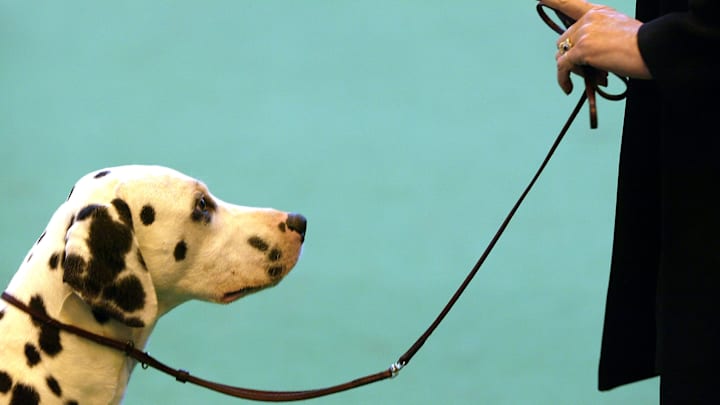How to Train Your Dog to Walk Nicely on a Leash

The first step in leash training is choosing the right equipment. A well-fitted harness is often recommended over a collar, as it provides better control and is more comfortable for your dog. A harness with a front clip attachment can help discourage pulling by redirecting your dog’s attention back to you. A standard, non-retractable leash of 4 to 6 feet in length is ideal for training, as it gives you control without too much slack.
Start your leash training in a quiet, familiar environment with minimal distractions, such as your backyard or a quiet park. Begin by allowing your dog to explore the area while keeping the leash loose. If your dog starts to pull, stop walking immediately and stand still. Wait for your dog to return to your side or take a step back towards you. Once the leash is loose again, resume walking. This teaches your dog that pulling doesn’t get them where they want to go, but walking nicely does.
Positive reinforcement is key to successful leash training. Whenever your dog walks calmly by your side with a loose leash, reward them with praise, treats, or a favorite toy. Be consistent with your rewards to reinforce the behavior you want. If your dog is food-motivated, carry small, high-value treats to give as rewards during your walk. You can also use a clicker to mark the moment your dog is walking nicely, followed by a treat.
Another effective technique is the “turn and go” method. If your dog starts to pull or get ahead of you, calmly turn around and walk in the opposite direction. This sudden change in direction helps refocus your dog’s attention on you and teaches them to stay by your side. Be sure to reward your dog when they follow your lead and walk beside you.
Consistency is crucial in leash training. Practice walking with your dog daily, gradually increasing the duration and introducing new environments with more distractions. If your dog gets overly excited or distracted by something during the walk, calmly redirect their attention back to you with a treat or a verbal cue, such as “watch me.” Over time, your dog will learn to stay focused on you and walk calmly, even in stimulating environments.
It’s important to remain patient and positive throughout the training process. Some dogs may take longer to learn good leash manners, especially if they’ve developed bad habits like pulling or lunging. Avoid using harsh corrections or punishment, as this can create fear or anxiety and make the problem worse. Instead, focus on reinforcing positive behaviors and setting your dog up for success.
In conclusion, training your dog to walk nicely on a leash requires patience, consistency, and positive reinforcement. With the right approach, you can teach your dog to enjoy calm, controlled walks, making your outings together more enjoyable and stress-free.